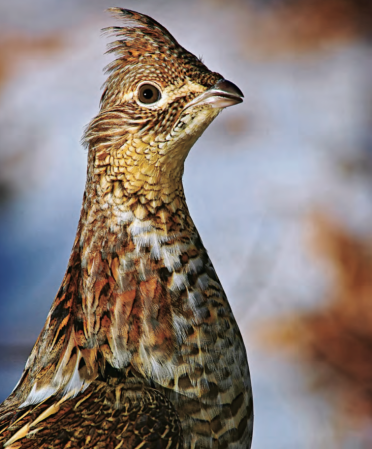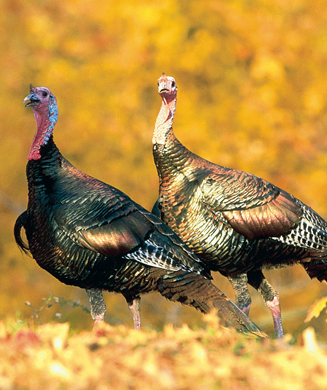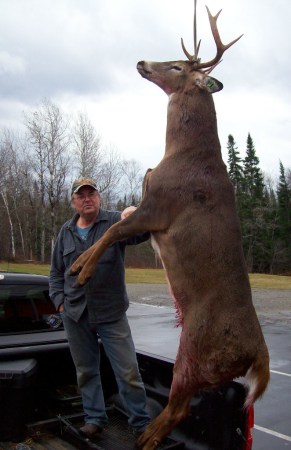Photo by Luke Nilsson
I have more “retired” duck decoys in my garage than I do working models. What I don’t have is a motion decoy to attract high-flying birds, which is why I added wings to an old Hot Buy floating deke. I’m an incurable cheapskate, so one of my requirements was to spend no more than pocket change on this homemade spinner by using as many found items from my workshop as possible.
The result is a serviceable (and admittedly homely looking) spinner that uses old plumbing hardware and a couple of 1-liter bottles to bring a shallow-water spread to life. It cost me less than $2, mainly for the dowel and plastic conduit.
Note that this is not a self-powered spinner. In other words, it needs a fairly stout breeze to move its wings. You’ll need to size your conduit to the depth of water you hunt. You want the deke’s wings to be able to spin without hitting the water’s surface.


Step 1: Drill a hole just large enough to accept ½-inch copper pipe through the middle of the decoy. Push the pipe through, then insert the dowel in the pipe so that about 14 inches stick out on either side of the decoy. The dowel is the shaft for your wings, spinning inside the copper pipe.
Step 2: Cut flaps in the sides of two empty 1-liter plastic bottles so that the curved “wings” are still attached and face in opposite directions.
Step 3: Push large metal washers on the dowels so they abut the copper pipe and act as hubs for your wings. Then add the pop bottles, with the threaded throats abutting the washers. Each bottle should fit fairly tightly on the shaft.
Step 4: Next, drill a small (¹/₈-inch) hole through the closed ends of the bottles and a half-inch deep into each end of the dowel. Then screw small brass screws and washers into the end of the bottles. The bottles should now be attached to the dowels and able to spin with the wood.
Step 5: Drill a hole in the bottom of the decoy’s keel just large enough to accept a ½-inch plastic or copper plumbing coupling. Then cut the conduit to whatever length you need. The conduit will fit inside the coupling.
Step 6: Spray-paint the wings alternating white (or silver) and black, and the decoy’s body tan, black, and mallard green.

















